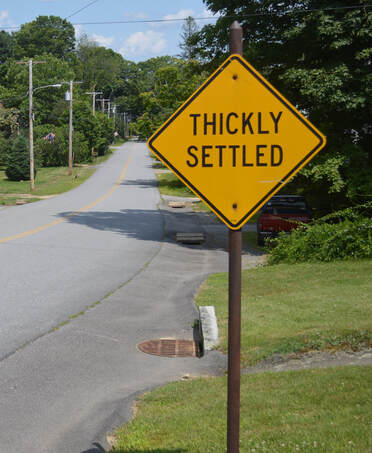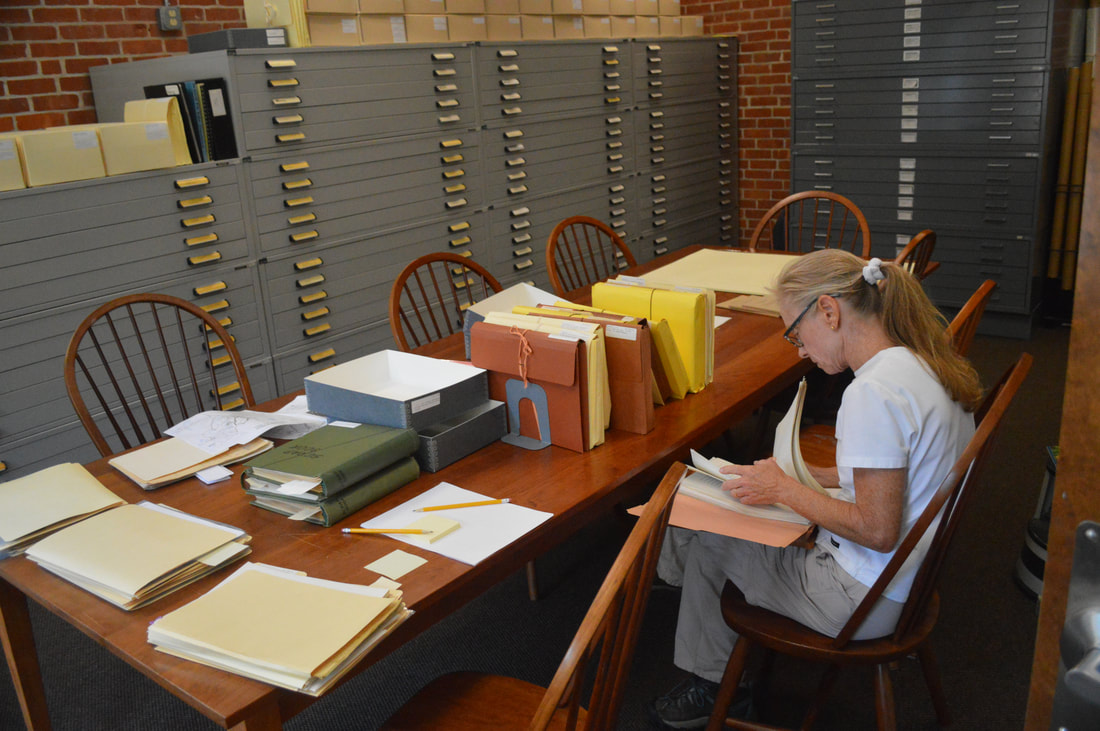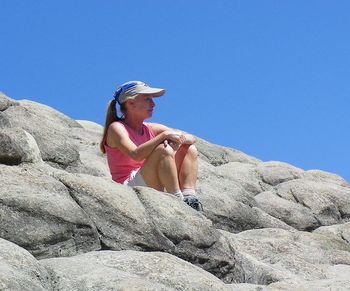 Photos by Rick Showalter. Photos by Rick Showalter. When I first saw the sign, I snickered. I’ve been traveling a lot this summer—long days in a car, routines upended, meals eaten out—and I’m definitely more “thickly settled” than I’ve been in a while. That’s common for someone my age, I suppose. But the unexpected sign seemed a mocking public rebuke. Of course, the sign was warning us of the population density outside Athol, Massachusetts. Here in Kentucky—a rural state by all accounts—we’re more accustomed to seeing “Congested Area” signs when a curve in the road reveals a cluster of homes or other indications of human activity. Perhaps New Englanders adopted their expression back in the mid-1700s, when most of these towns were established. A few moments later, as we approached the iconic New England village of Petersham, there stood another “Thickly Settled” sign. I could count three or four houses dotting the rim of the beautiful town common, a gathering place for all 1,200 people who live there. The expanding roll around my middle, I thought, is denser. By all appearances, Petersham hasn’t changed since the 1950s, when my family lived there. The Unitarian church is still at the center of the green, with the handsome stone library just a couple of doors down. Across the common, the general store still serves the residents, although the current proprietor is more interested in selling you healthy snacks than the cigarettes I remember buying there for my mother when we visited some years after moving away. The town hall is next door. And in the middle of the common is the obligatory bandstand, where we enjoyed a concert by the Petersham Band on Sunday evening. The closest gas station? Fifteen minutes north or south of town. Harvard Forest, the 4,000-acre research forest where my dad worked, is just down the road. We were in Petersham to meet with the director of the Forest, David Foster, who had invited us to review the voluminous materials relating to my father’s work currently housed in their archives. Julie Hall, Harvard Forest archives assistant, had covered a long cherry conference table with sleeves of photos, scrapbooks, published materials, bulging pocket folders of research notes and presentations, and correspondence between my dad and other staff scientists. I couldn’t hold back a few tears as I surveyed the treasures on the table and considered the painstaking care of the archivists who had stored these materials for nearly 70 years. I settled in at the table and consumed as much as I could in the few hours I had. Then we headed back outside to walk through the surrounding woods, the target of much of the research ongoing at the Forest. I discovered that Prospect Hill Road—a path my father frequently mentions in the journal he kept while at the Forest—is not a road at all, at least in our lifetimes, but a 2.5-mile loop trail through the forest, passing tagged trees and research equipment. We walked amid beeches, oaks, pines, and maples; dense ferns nearly disguising stone walls built by early settlers; twisted trees that survived the 1938 hurricane; hemlocks severely threatened by the woolly adelgid; 300- and 400-year-old black gums in a swamp area. It is a gorgeously diverse woodland. Back at the parking lot in front of Shaler Hall—the red brick office and classroom building named for Kentucky’s own Nathaniel Southgate Shaler—I looked around one more time at the buildings and the land so familiar to my parents so many years ago. As a young couple hoping to start a family and build a career far from their Kentucky home, my parents faced many challenges while in Petersham. But the area evokes a sort of nostalgia for me. My dad still has a presence there. The people welcome us as if we naturally belong. The woods beckon. In town and at the Forest it’s as if time has stood still, even if my graying hair and growing girth attest otherwise. For an up-close view of the work going on at Harvard Forest and how scientists there are striving to measure the toll of climate change, I highly recommend Witness Tree by Seattle environmental reporter Lynda V. Mapes. You can watch the daily changes in the 100-year-old red oak she observed for more than a year by accessing the Harvard Forest webcams here. Scroll to the bottom of the page for a view of Mapes’ witness tree.
10 Comments
David Hoefer
7/20/2019 11:52:18 am
Love that sign - a great example of what Bob Dylan calls "the old, weird America," that we should all know and love. I just returned from digging in New Mexico and they've got a honey of a sign out there, too - "Gusty Winds May Exist." Meaning what? They have our permission to exist? Or they might be real but then again they might not, like Bigfoot or Paul Bunyan? Of course, we know what the sign is supposed to mean, but I'm not the only one to have noticed this little slice of weirdness: http://www.parallax.ca/2014/07/gusty-winds-may-exist/.
Reply
Sallie Showalter
7/20/2019 04:02:22 pm
A longtime New Hampshire denizen has let me know that she has never seen a "Thickly Settled" sign. So maybe it's indigenous only to north-central Massachusetts?
Reply
David Hoefer
7/21/2019 10:10:52 am
There's a gusty winds sign on Hwy 84 just outside of Ghost Ranch but I've also seen it near Albuquerque and other locations not all that close to the ranch. I guess it's a statewide thing out there, windy weather being par for the course in the Land of Enchantment.
HANNAH HELM
7/21/2019 08:32:42 am
LOVED this blog! During my recent trip I couldn't find any New Englander who could explain how the decide something classified as a lake or a pond. As you know, I stayed in Harrisville, on Harris Pond, but in KY it would definitely have been considered a lake. What a wonderful trip for you. it must be heartwarming to know your father is still remembered and left a legacy that can be used in the future. I hope we can get together soon and compare notes of NE travels!
Reply
Barbara Fallis
7/21/2019 06:23:44 pm
I was deeply touched by this post. The two photos that struck me the hardest were the sign "Harvard Forest" and of you reading your dad's (Uncle Pud's) research materials. I knew this must have been a bittersweet experience. Rick certainly knows how to capture a moment through his photography.
Reply
Roi-Ann
7/21/2019 06:57:22 pm
Sallie, between your text and Rick's photos, I felt as if I were on the journey with you. The picture of you in the archives especially touched my heart. Thanks for sharing this.
Reply
Rogers Barde
7/22/2019 04:14:29 pm
I loved hearing about your journey and seeing your father's work . A moving experience and so affirming of him and his work. I'm so glad you went.
Reply
David Tatlock
7/27/2019 09:00:55 am
Reminds me of 'Burn headlights" signs down south. Driving back to Petersham. Where we lived '42-'44, we'd come up the rise on 122, make the ultra-slow turn uphill into Worcester County shade, and be met by a little sign extolling "Ware". (But...those Thickly Settled signs portraying a boy in flight in knickers is always comforting). Mass. Highway Commission dates to 1896, the nation's first stir-crazy bureacracy, reduced to implanting BUMP & DIP signs, up from signs that blame trees for motor vehicle accidents.
Reply
Sallie Showalter
7/27/2019 12:27:09 pm
David, thanks for sharing your insider's knowledge of Massachusetts road signs! Who knew one of the many things in our environment we barely notice could be so interesting?
Reply
Your comment will be posted after it is approved.
Leave a Reply. |
Details
Archives
June 2023
Categories
All
|



 RSS Feed
RSS Feed